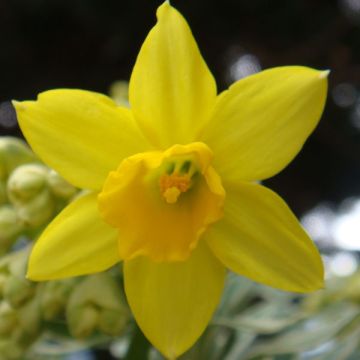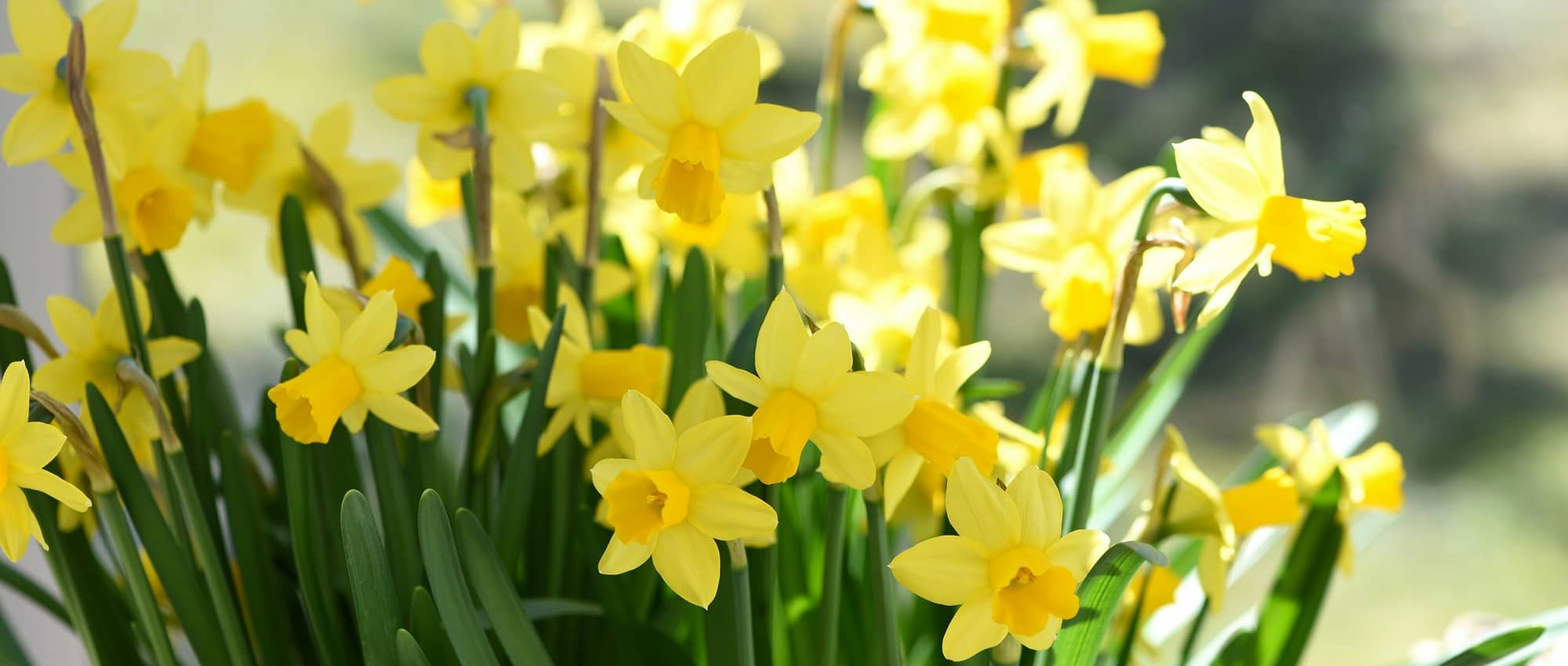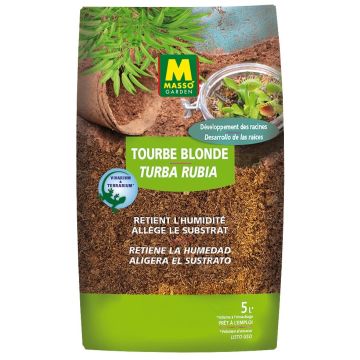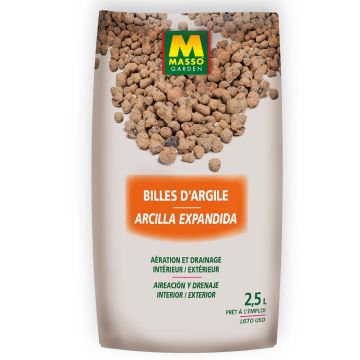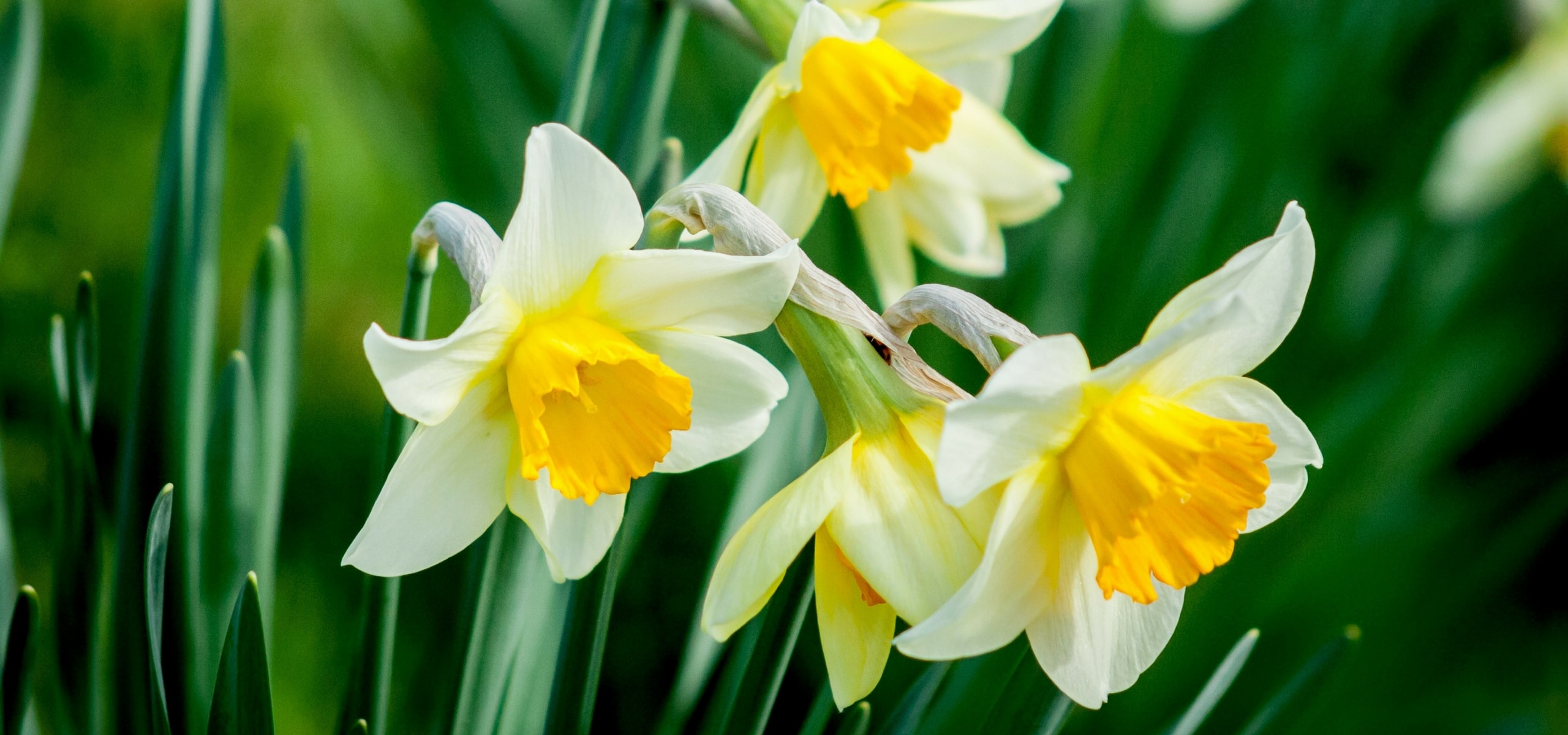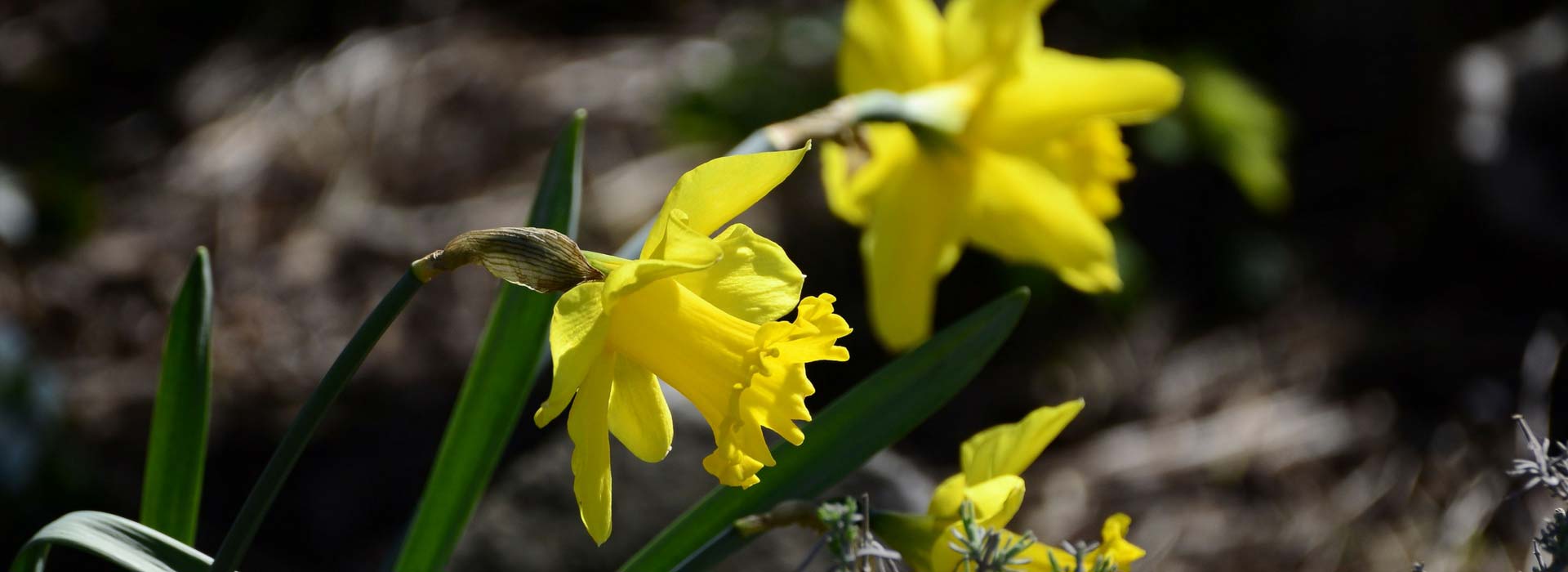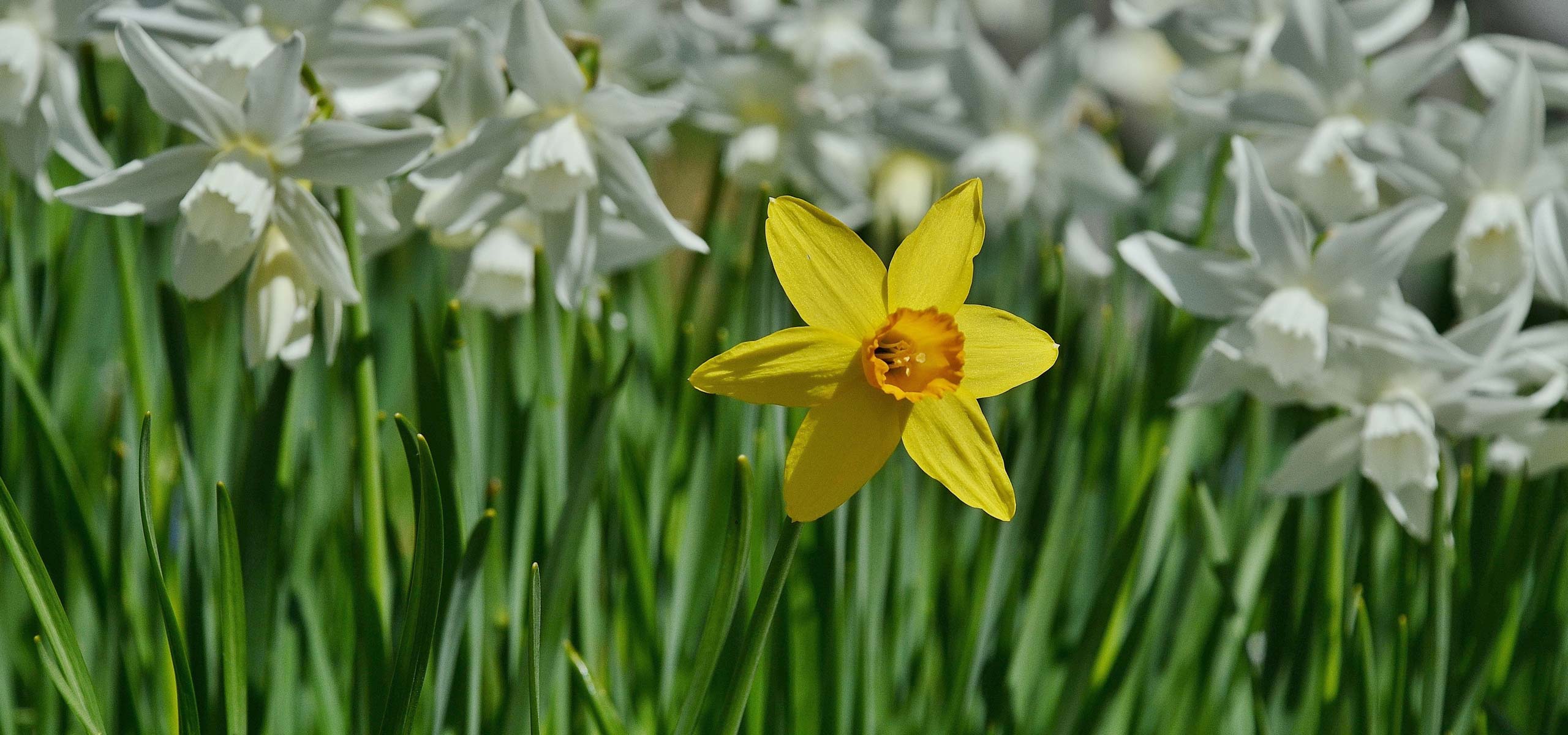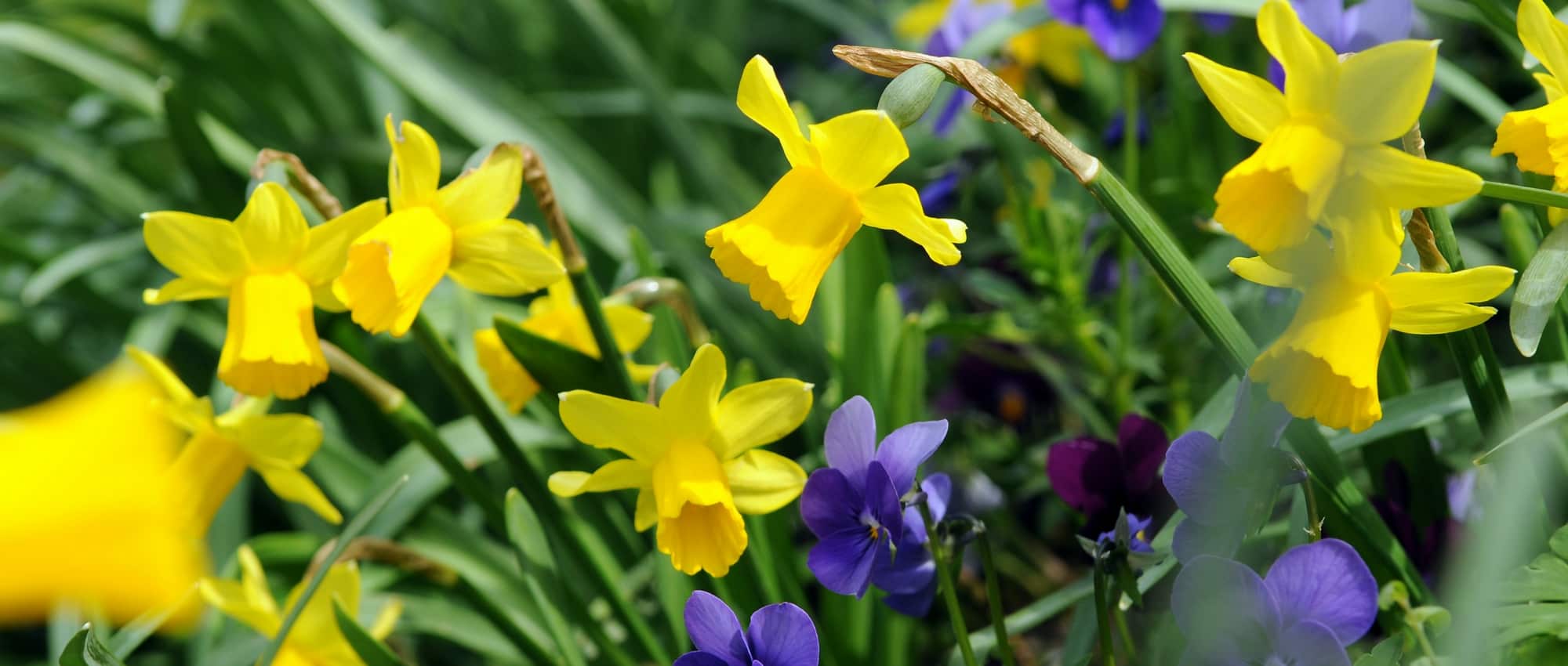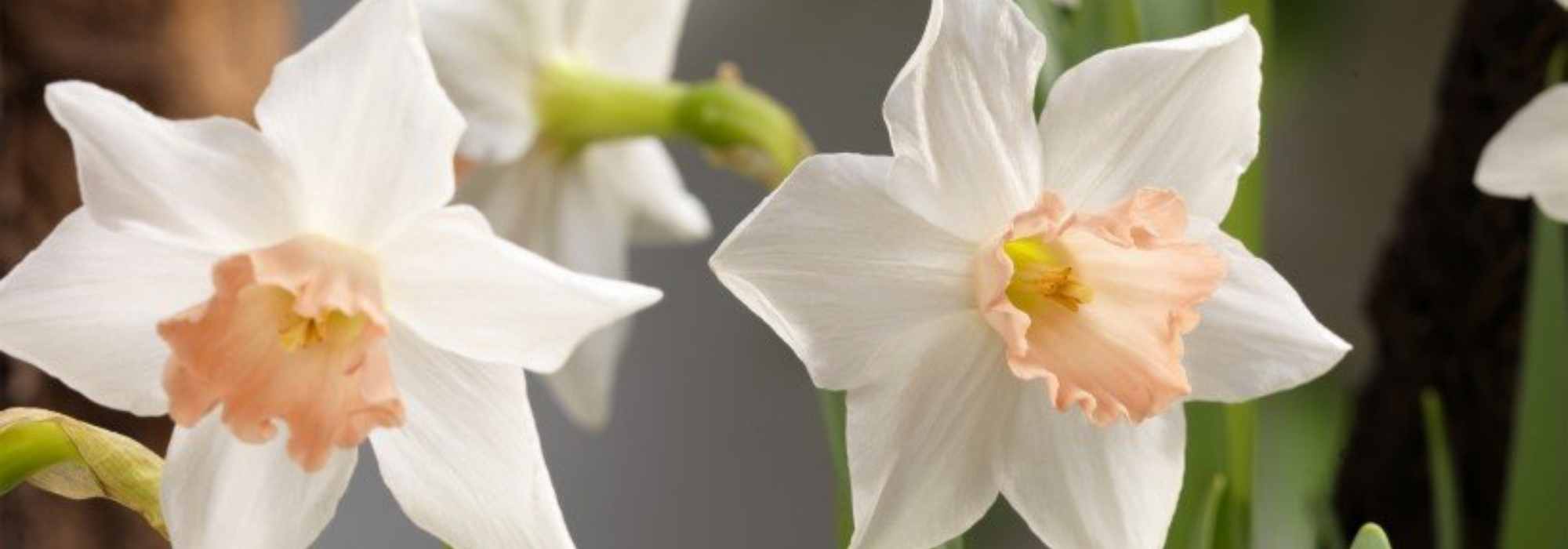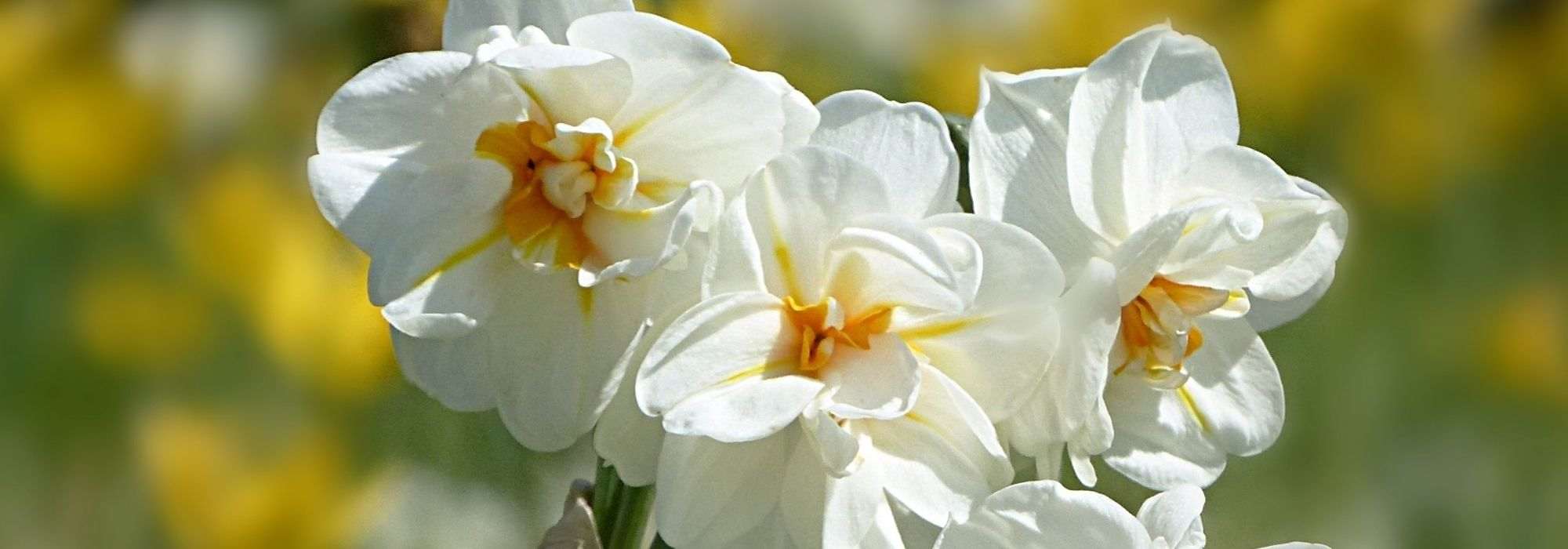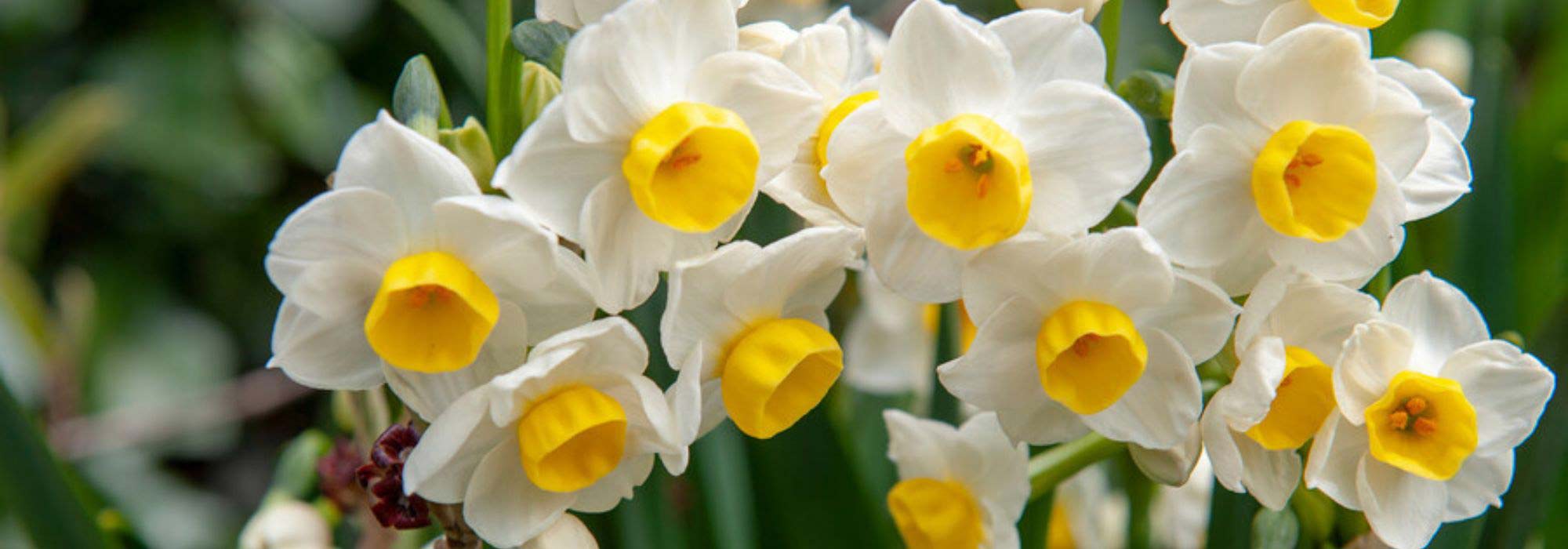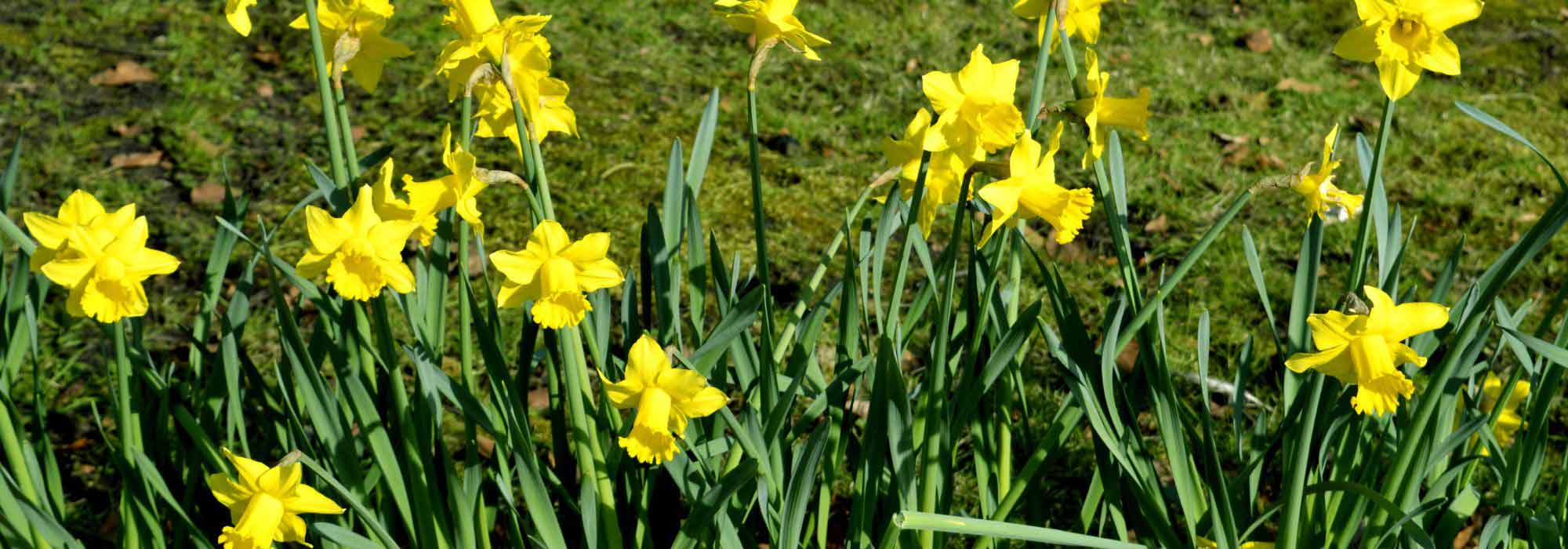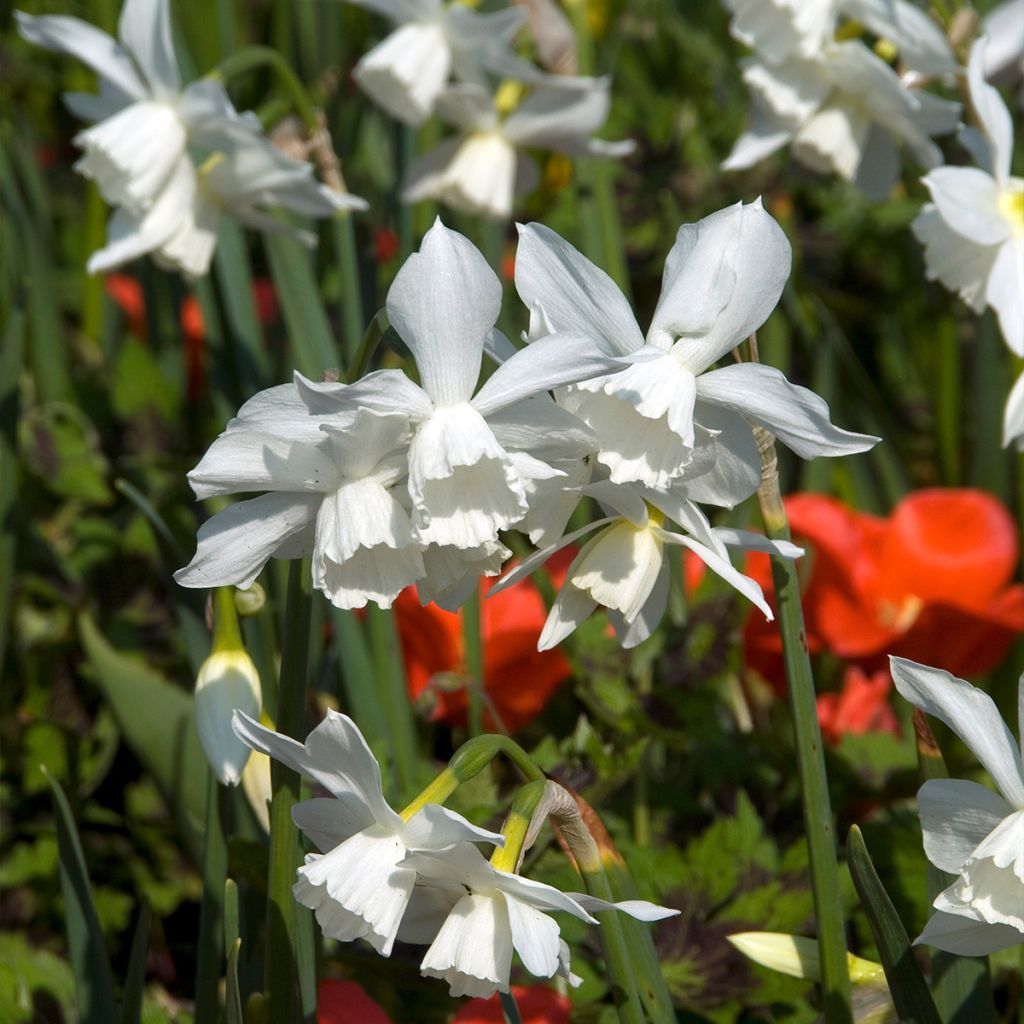

Narcissus triandrus Thalia - Daffodil
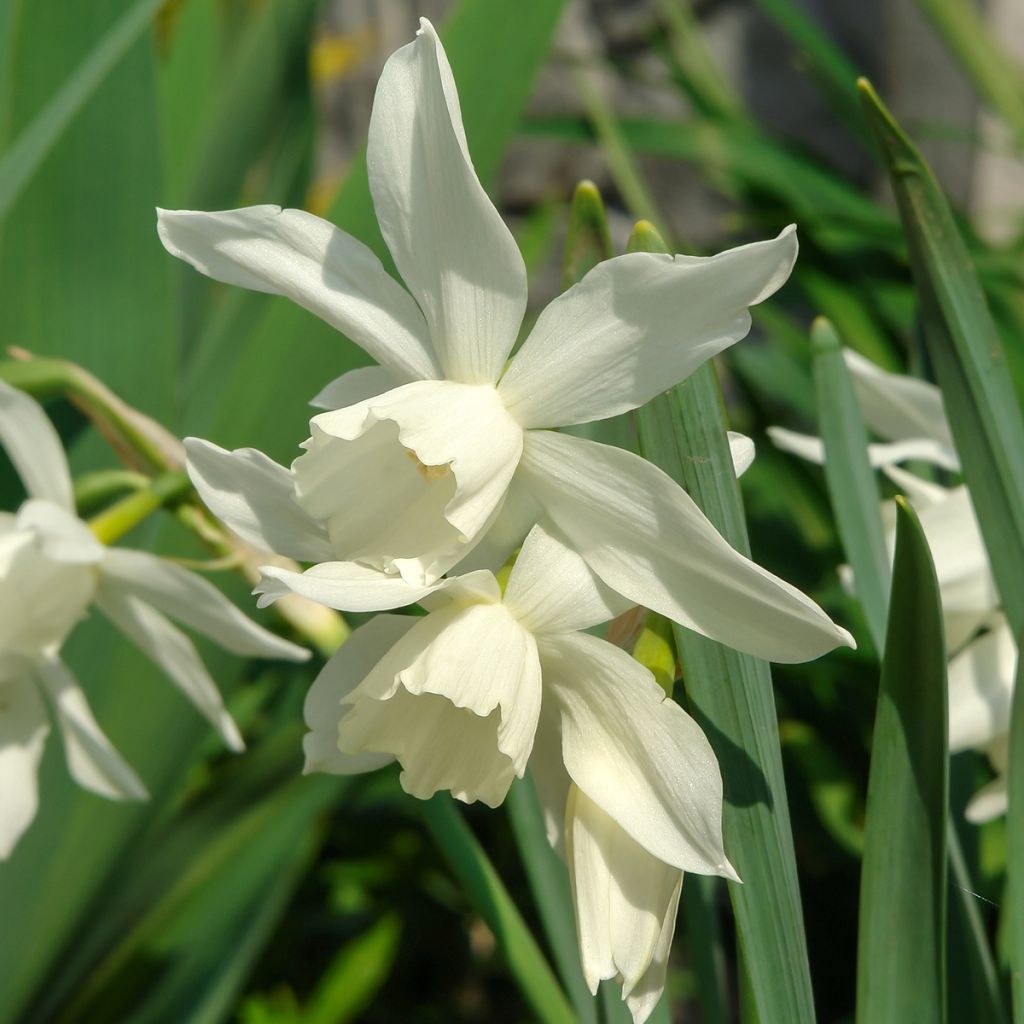

Narcissus triandrus Thalia - Daffodil
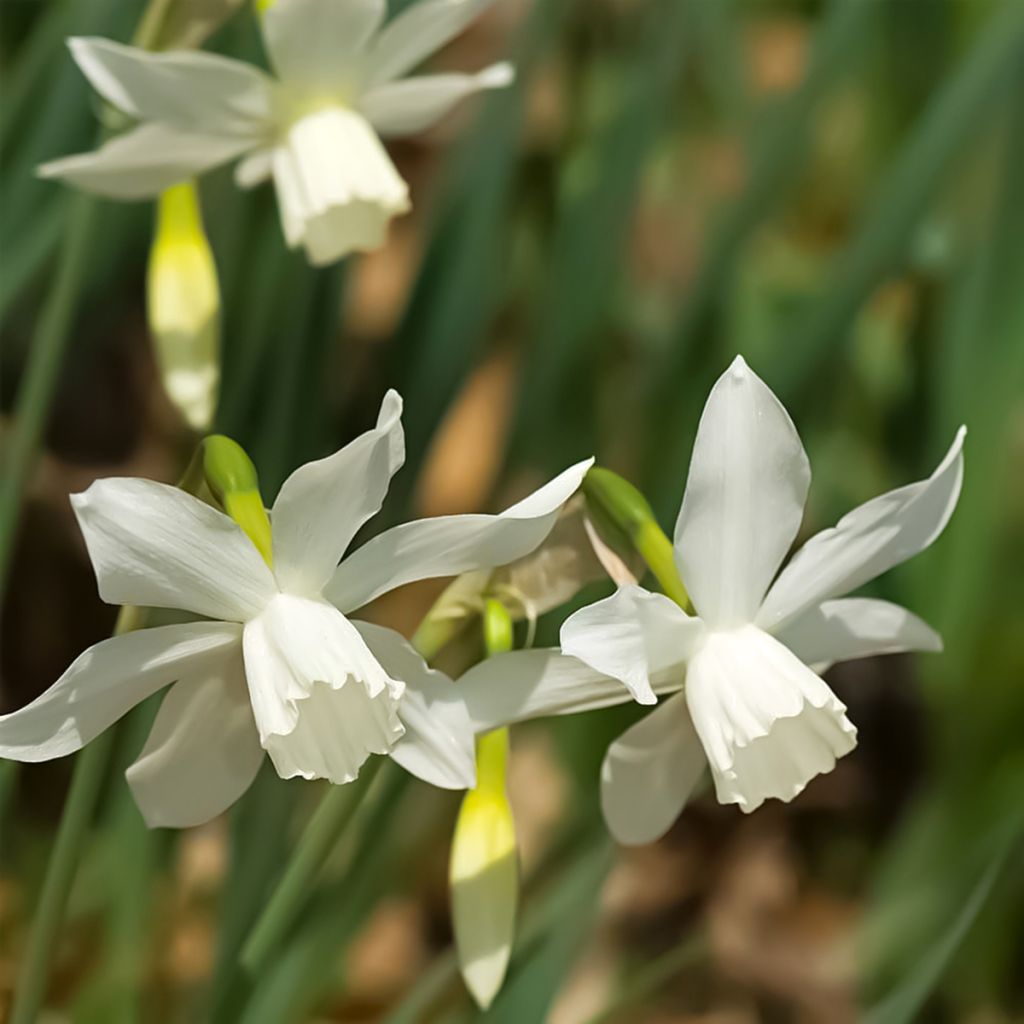

Narcissus triandrus Thalia - Daffodil
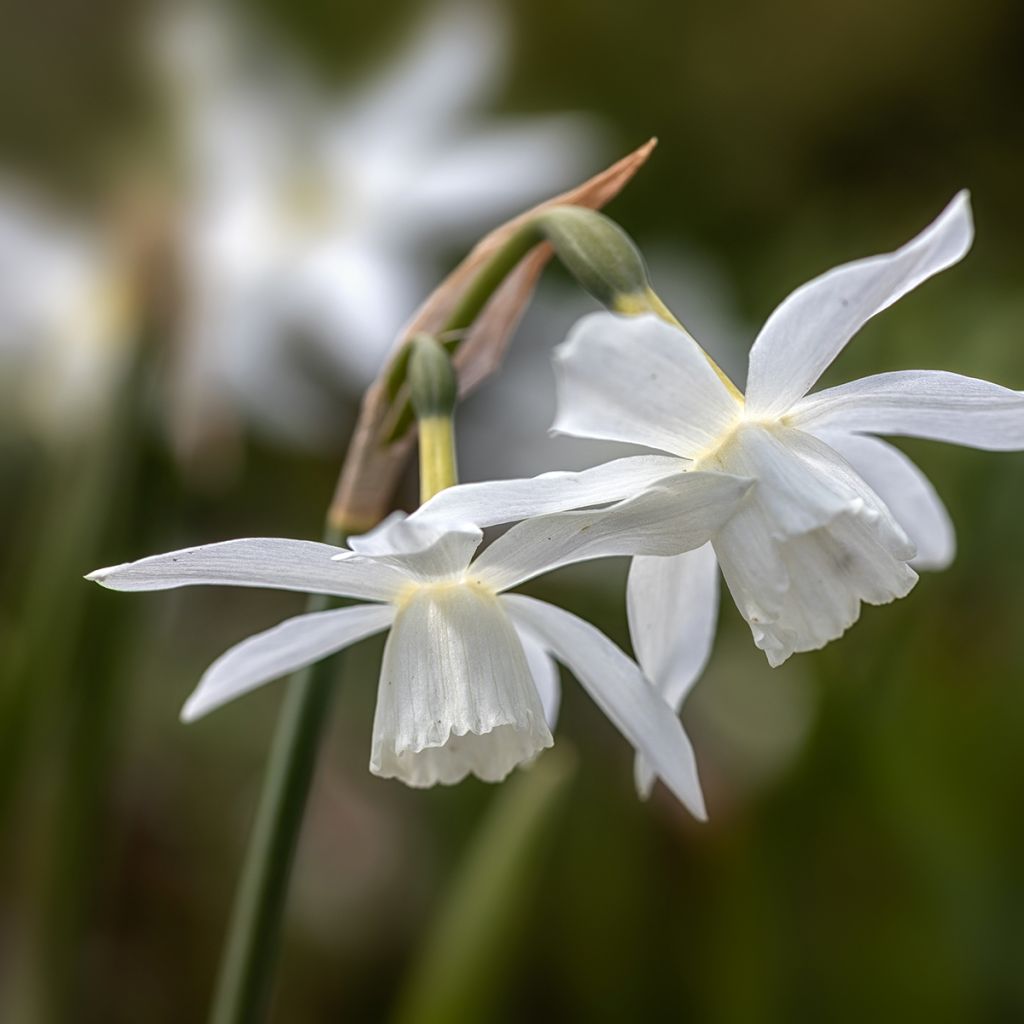

Narcissus triandrus Thalia - Daffodil
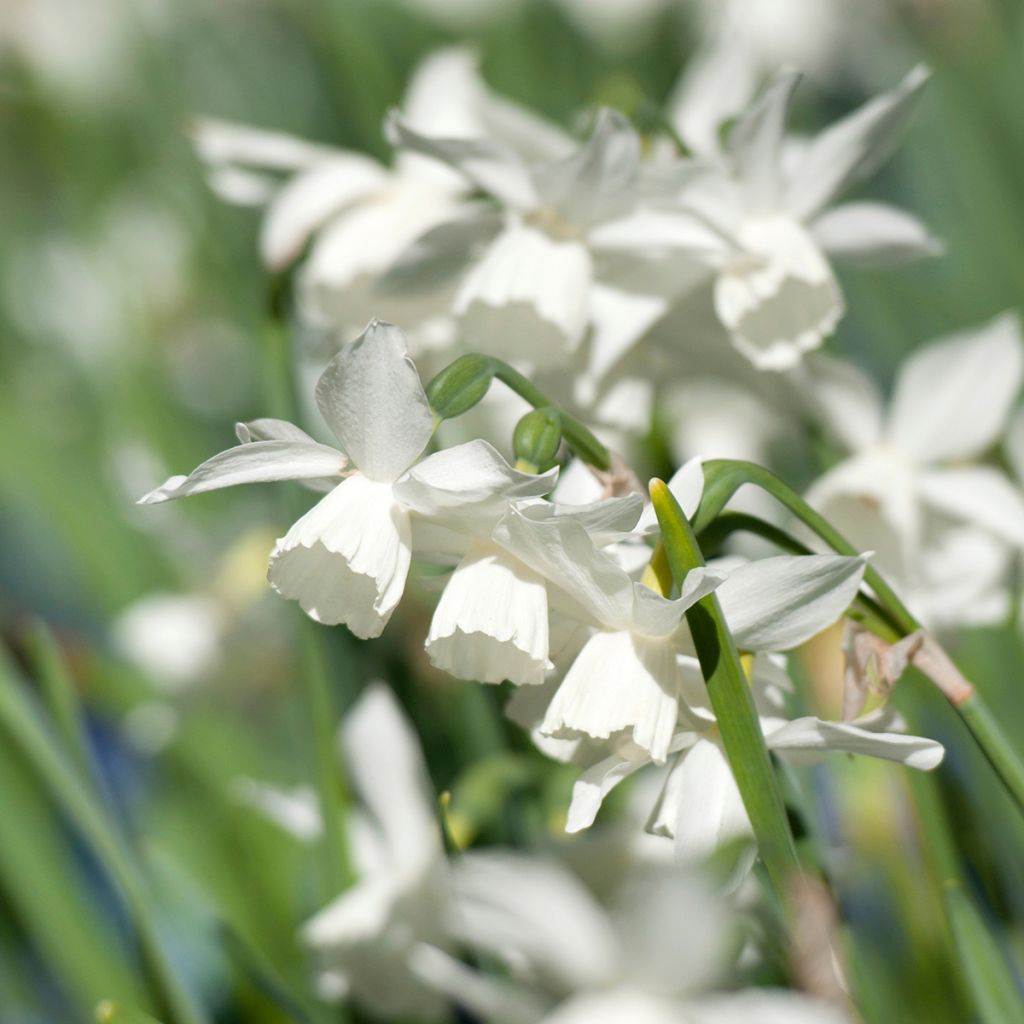

Narcissus triandrus Thalia - Daffodil
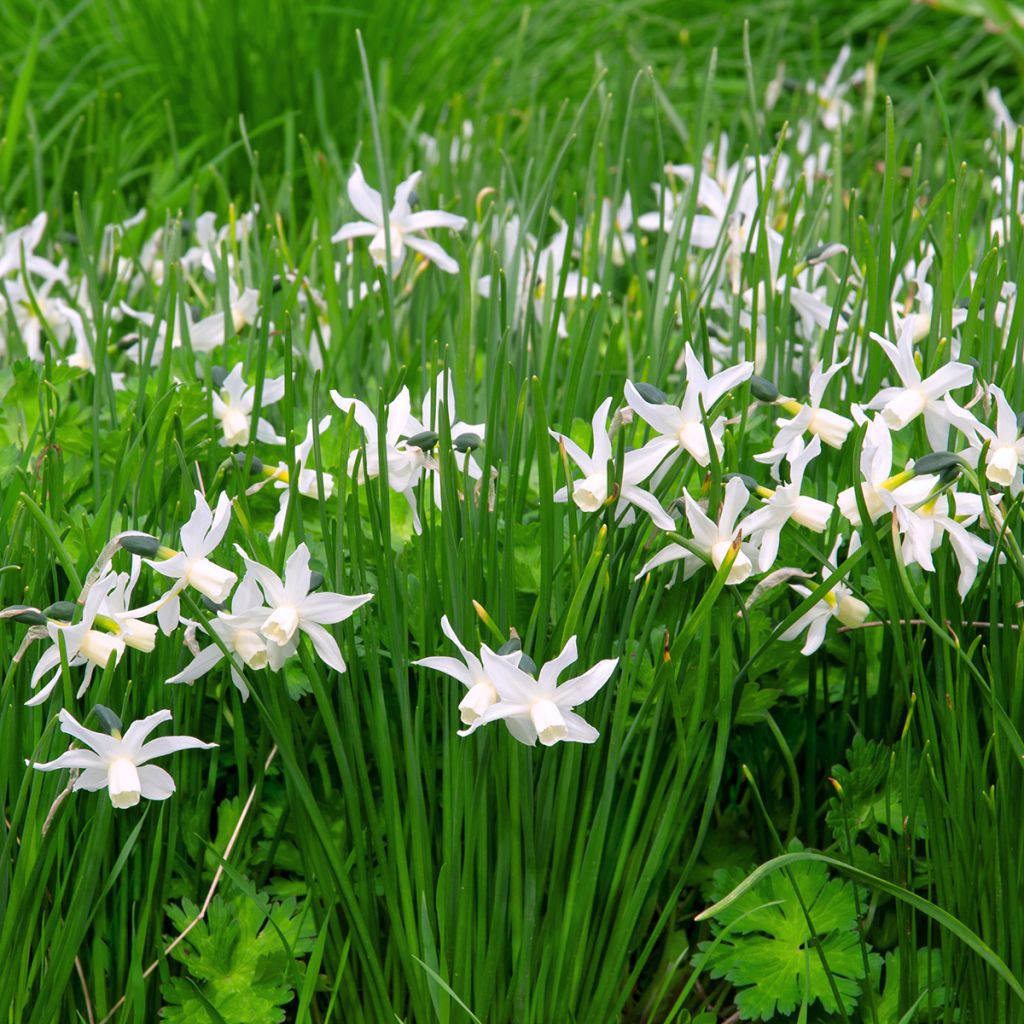

Narcissus triandrus Thalia - Daffodil
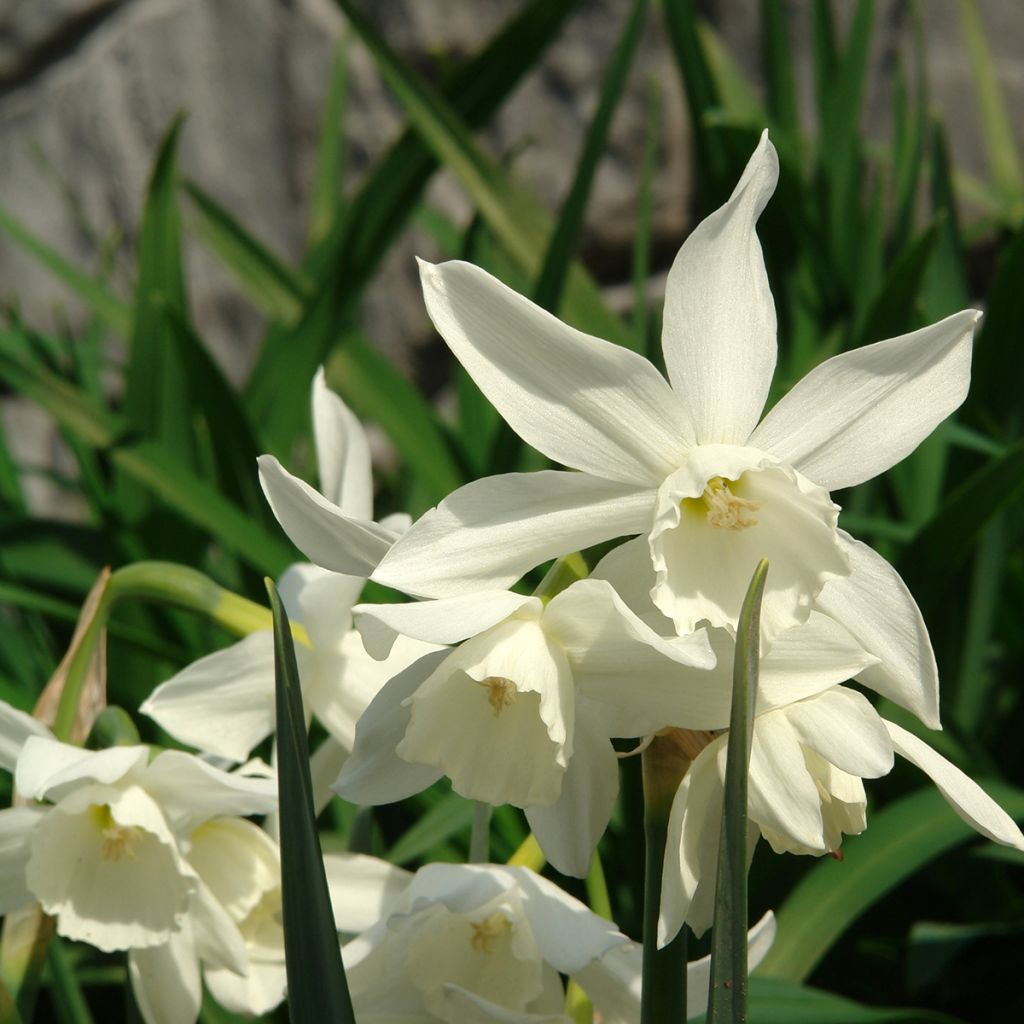

Narcissus triandrus Thalia - Daffodil
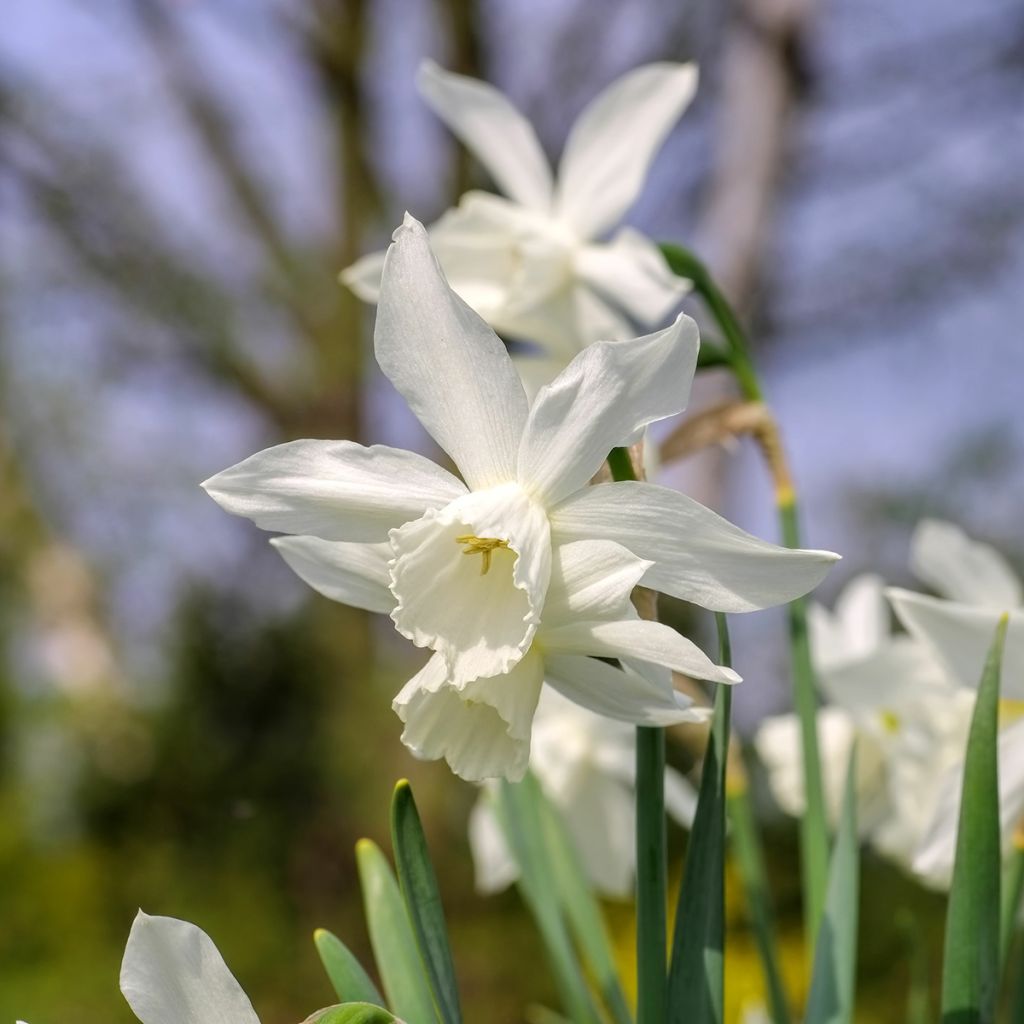

Narcissus triandrus Thalia - Daffodil
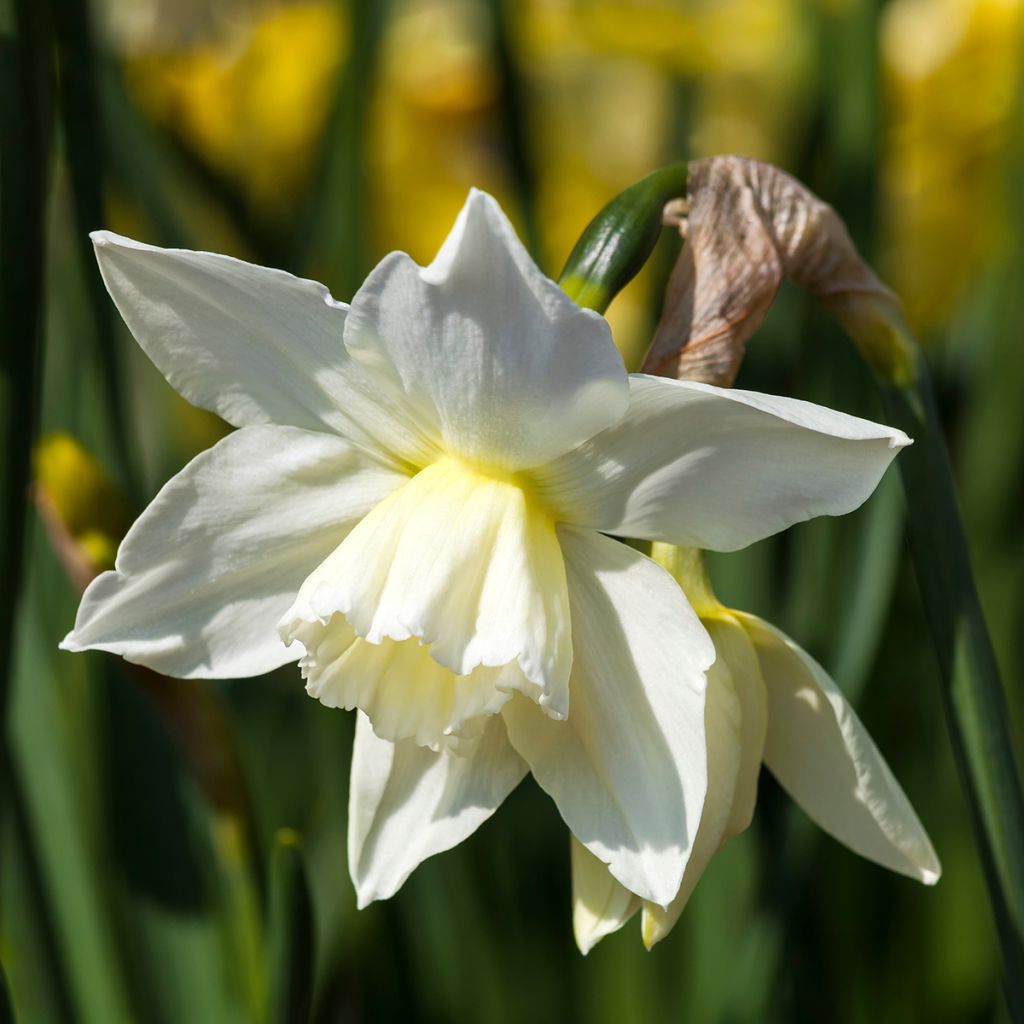

Narcissus triandrus Thalia - Daffodil
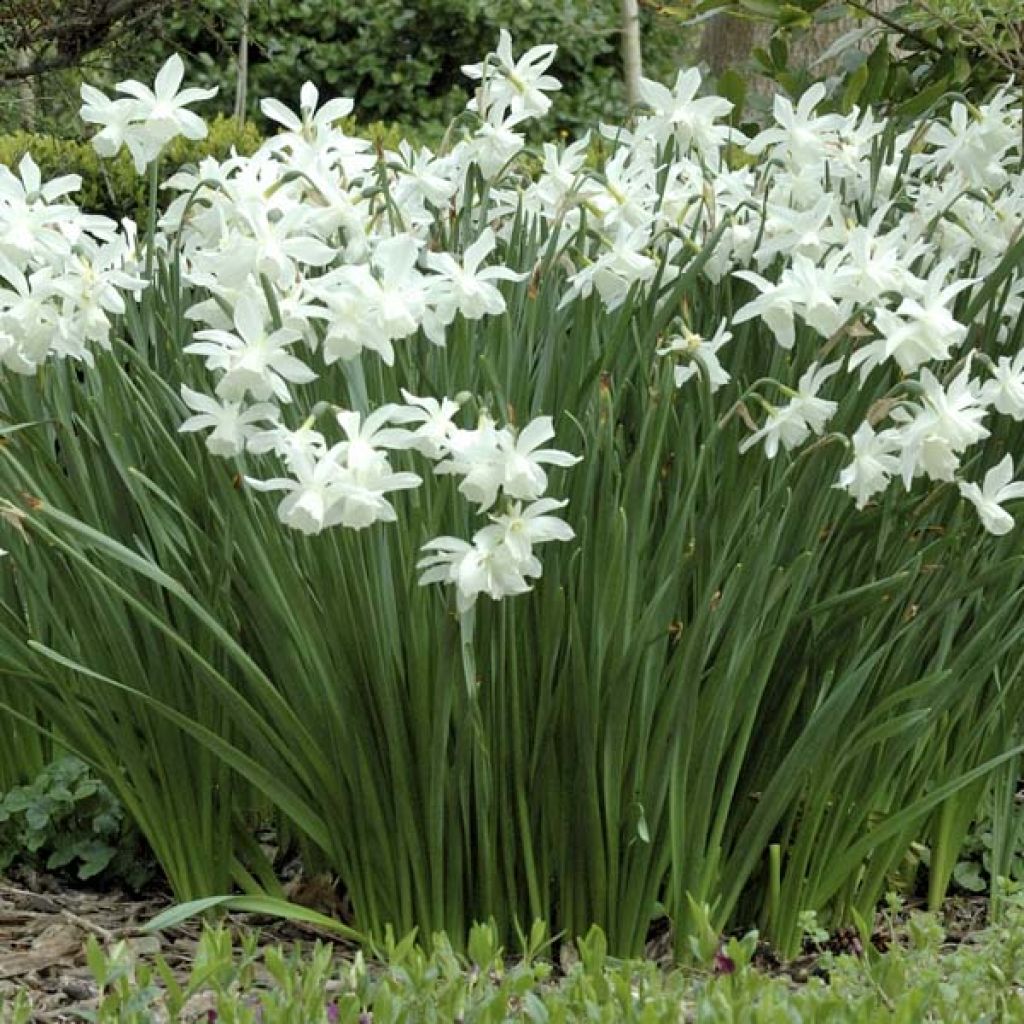

Narcissus triandrus Thalia - Daffodil
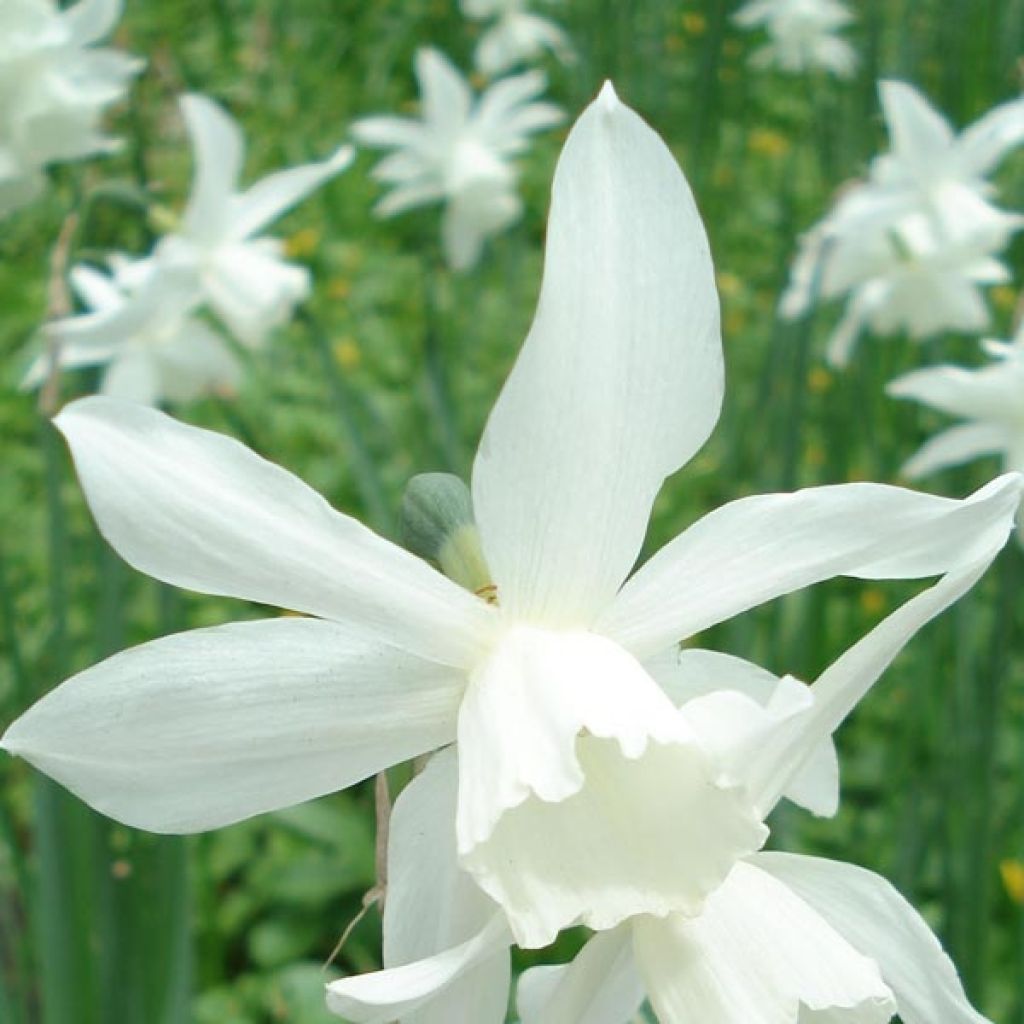

Narcissus triandrus Thalia - Daffodil
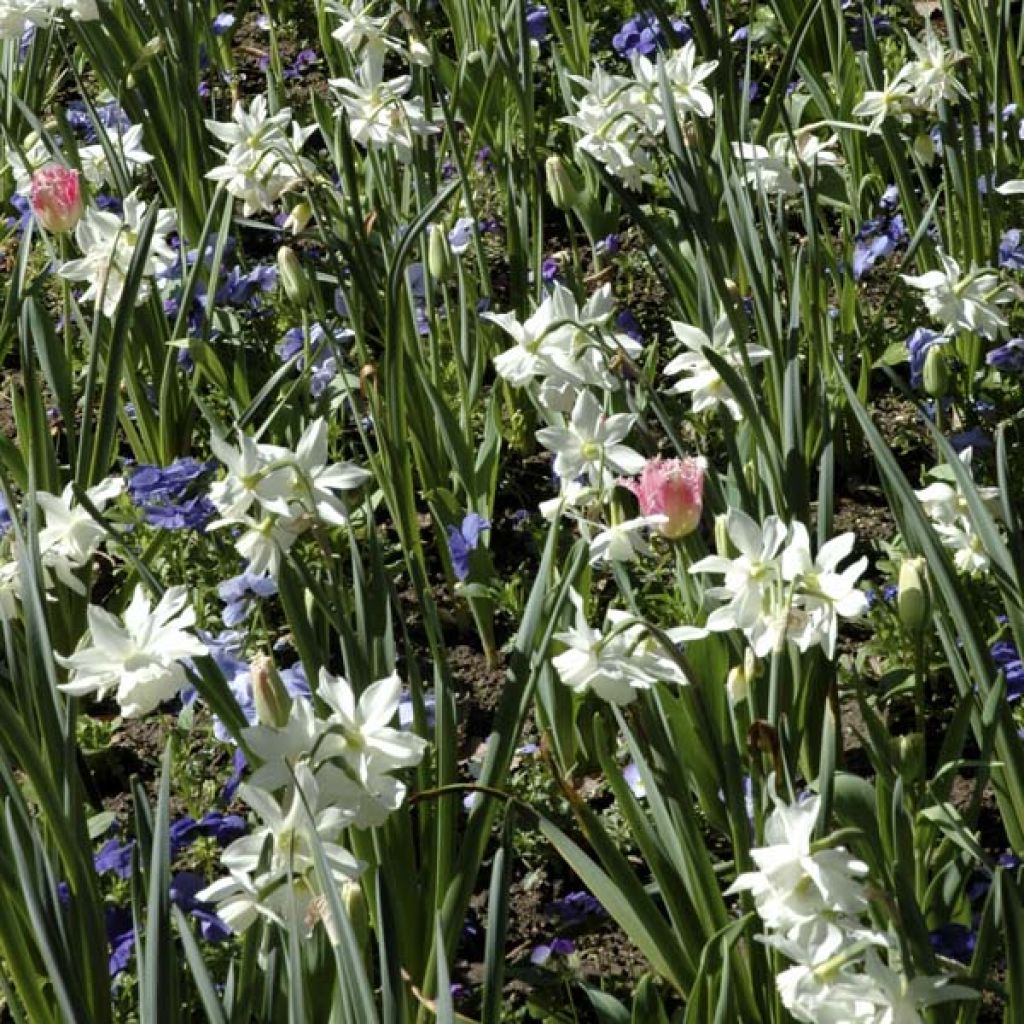

Narcissus triandrus Thalia - Daffodil
Narcissus triandrus Thalia - Daffodil
Narcissus triandrus Thalia
Daffodil, Narcissus
Very beautiful daffodils, with sturdy stems bearing several brilliant white flowers, perfect for brightening up a bed of purple and violet tulips! Excellent posture and long flowering, perfect!
Isabelle, 29/04/2025
Special offer!
Receive a €20 voucher for any order over €90 (excluding delivery costs, credit notes, and plastic-free options)!
1- Add your favorite plants to your cart.
2- Once you have reached €90, confirm your order (you can even choose the delivery date!).
3- As soon as your order is shipped, you will receive an email containing your voucher code, valid for 3 months (90 days).
Your voucher is unique and can only be used once, for any order with a minimum value of €20, excluding delivery costs.
Can be combined with other current offers, non-divisible and non-refundable.
Why not try an alternative variety in stock?
View all →This plant carries a 6 months recovery warranty
More information
We guarantee the quality of our plants for a full growing cycle, and will replace at our expense any plant that fails to recover under normal climatic and planting conditions.

Would this plant suit my garden?
Set up your Plantfit profile →
Description
The Narcissus triandrus 'Thalia' brings grace and elegance to gardens for over a century. Created in 1916, this variety with small white, light and fragrant flowers is of a timeless simplicity. Each stem bears 2 to 3 delicate flowers, but don't be fooled by this apparent fragility, 'Thalia' is of exemplary vigour and hardiness! Easy to grow, it will naturally multiply over the years, without any maintenance. Perfect when planted in masses, suitable for container and rock gardening, it will also be superb in a spring bouquet.
The Narcissus triandrus 'Thalia', beautifully called Angel's Tears or Glénan Narcissus, is an old Dutch selection registered before 1916. The Narcissus triandrus, widespread in Spain, Portugal and France, is endemic to Finistère. Thalia was a muse of Greek mythology, her name means "to bloom, to be green" - and this narcissus is exactly like her. Very popular at the time of its creation, 'Thalia' undeniably has a charm from another era, its informal appearance nostalgically recalls the end of the Belle Époque. At a time when narcissus are becoming increasingly sophisticated, we appreciate its spontaneous simplicity, its natural generosity.
'Thalia' forms a clump reaching about 35 cm (14in) in height when in bloom. Its flowers are grouped in pairs or threes at the end of each stem. It is a plant that flowers rather late, in April-May, with yellow-green flower buds that open into beautiful star-shaped flowers of a milky white, hanging towards the ground. These flowers are deliciously fragrant. The trumpet-shaped corolla is bordered by small undulations, surrounded by slightly curved petals. The foliage is deciduous, cylindrical and disappears in summer. The flowering is abundant, uniform, and attracts pollinating insects. This variety multiplies easily by producing bulblets, without any intervention from the gardener, forming large clumps over time. The Narcissus 'Thalia' belongs to division 5 of the large narcissus family, which comprises 12 divisions.
Not demanding, Narcissus 'Thalia' grows in any well-drained and loosened soil, but the results are less satisfactory in excessively wet soils in summer. It has a clear preference for acidic soils, where it will be more floriferous. There is such a choice of varieties among narcissus that you can enjoy them for three months in spring without ever getting tired. They all have the common feature of naturalising easily, loving yellow and white, and often emitting sweet fragrances. All the more reason to grow them in large clumps (at least 20 bulbs) for a multiplied effect. Combine it with the narcissus 'Tricollet', in natural-looking beds, with scillas and hyacinths, accompany it with double tulips but also forget-me-nots, pansies or liverworts. It will also be stunning under acid-loving shrubs such as rhododendrons, or under a tree, scattered in a variegated ivy carpet. A group of 'Thalia' narcissus in a vase creates a sensational effect. In pots, this narcissus is perfect.
For bouquets: we advise against mixing narcissus with other flowers such as tulips, as the narcissus stems contain a substance that causes other flowers to wilt quickly. This detrimental effect on other types of flowers can be mitigated by dipping the ends of the narcissus stems in hot water for 1 to 2 minutes.
Narcissus triandrus Thalia - Daffodil in pictures
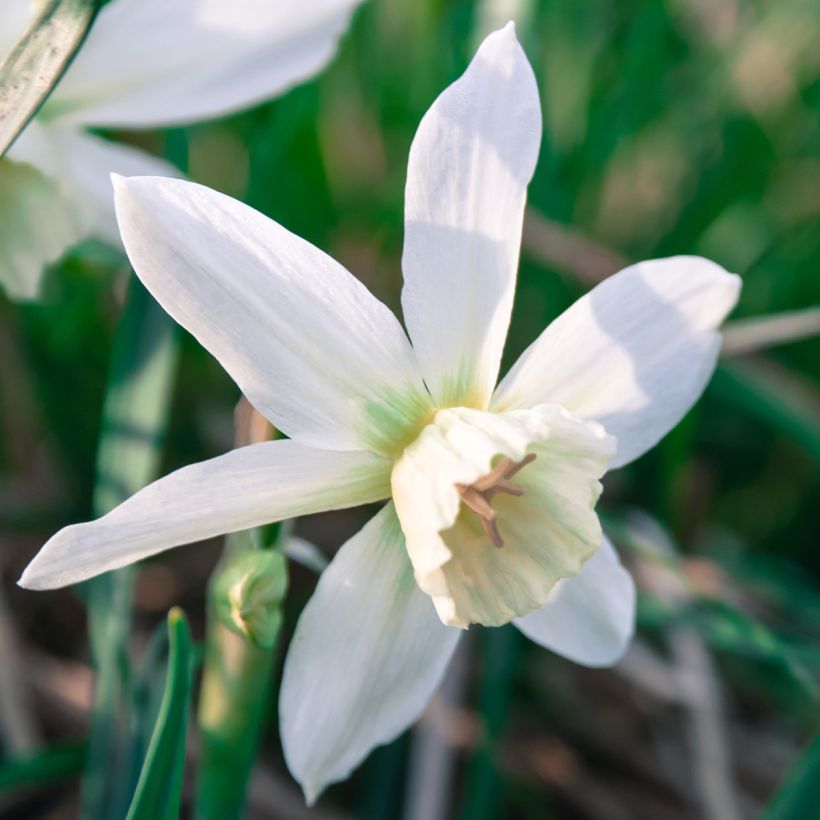

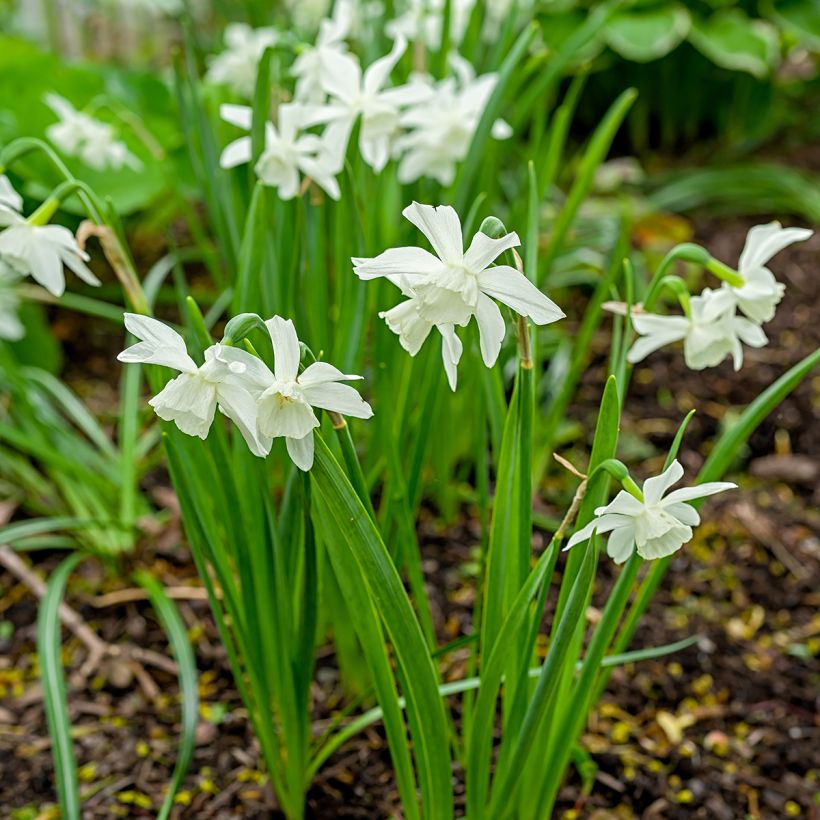

Plant habit
Flowering
Foliage
Botanical data
Narcissus
triandrus
Thalia
Amaryllidaceae
Daffodil, Narcissus
Cultivar or hybrid
Planting and care
Daffodils bloom from March to May and come back every year. Very easy to grow, they thrive both in the shade of a forest and in a sunny flower bed. Plant them at a depth of 10 cm (4in) and space them 10 cm (4in) apart. Group them in sets of at least 5 bulbs, in patches of uniform colours or mixed. You can plant them in the short grass meadow. In this case, lift the patch of grass, dig and loosen the soil to a depth of at least 20 cm (8in) (the height of a spade). Plant your bulbs, cover with soil and replace the grass. Choose a spot where you won't mow, as it is necessary to let the daffodil leaves wither before cutting them. This is when the bulb regenerates and prepares for the flowers of the following year. However, remember to cut the flowers as soon as they fade to prevent seed formation. This would unnecessarily exhaust the bulb.
Planting period
Intended location
Care
Planting & care advice
-
, onOrder confirmed
Reply from on Promesse de fleurs
Haven't found what you were looking for?
Hardiness is the lowest winter temperature a plant can endure without suffering serious damage or even dying. However, hardiness is affected by location (a sheltered area, such as a patio), protection (winter cover) and soil type (hardiness is improved by well-drained soil).

Photo Sharing Terms & Conditions
In order to encourage gardeners to interact and share their experiences, Promesse de fleurs offers various media enabling content to be uploaded onto its Site - in particular via the ‘Photo sharing’ module.
The User agrees to refrain from:
- Posting any content that is illegal, prejudicial, insulting, racist, inciteful to hatred, revisionist, contrary to public decency, that infringes on privacy or on the privacy rights of third parties, in particular the publicity rights of persons and goods, intellectual property rights, or the right to privacy.
- Submitting content on behalf of a third party;
- Impersonate the identity of a third party and/or publish any personal information about a third party;
In general, the User undertakes to refrain from any unethical behaviour.
All Content (in particular text, comments, files, images, photos, videos, creative works, etc.), which may be subject to property or intellectual property rights, image or other private rights, shall remain the property of the User, subject to the limited rights granted by the terms of the licence granted by Promesse de fleurs as stated below. Users are at liberty to publish or not to publish such Content on the Site, notably via the ‘Photo Sharing’ facility, and accept that this Content shall be made public and freely accessible, notably on the Internet.
Users further acknowledge, undertake to have ,and guarantee that they hold all necessary rights and permissions to publish such material on the Site, in particular with regard to the legislation in force pertaining to any privacy, property, intellectual property, image, or contractual rights, or rights of any other nature. By publishing such Content on the Site, Users acknowledge accepting full liability as publishers of the Content within the meaning of the law, and grant Promesse de fleurs, free of charge, an inclusive, worldwide licence for the said Content for the entire duration of its publication, including all reproduction, representation, up/downloading, displaying, performing, transmission, and storage rights.
Users also grant permission for their name to be linked to the Content and accept that this link may not always be made available.
By engaging in posting material, Users consent to their Content becoming automatically accessible on the Internet, in particular on other sites and/or blogs and/or web pages of the Promesse de fleurs site, including in particular social pages and the Promesse de fleurs catalogue.
Users may secure the removal of entrusted content free of charge by issuing a simple request via our contact form.
The flowering period indicated on our website applies to countries and regions located in USDA zone 8 (France, the United Kingdom, Ireland, the Netherlands, etc.)
It will vary according to where you live:
- In zones 9 to 10 (Italy, Spain, Greece, etc.), flowering will occur about 2 to 4 weeks earlier.
- In zones 6 to 7 (Germany, Poland, Slovenia, and lower mountainous regions), flowering will be delayed by 2 to 3 weeks.
- In zone 5 (Central Europe, Scandinavia), blooming will be delayed by 3 to 5 weeks.
In temperate climates, pruning of spring-flowering shrubs (forsythia, spireas, etc.) should be done just after flowering.
Pruning of summer-flowering shrubs (Indian Lilac, Perovskia, etc.) can be done in winter or spring.
In cold regions as well as with frost-sensitive plants, avoid pruning too early when severe frosts may still occur.
The planting period indicated on our website applies to countries and regions located in USDA zone 8 (France, United Kingdom, Ireland, Netherlands).
It will vary according to where you live:
- In Mediterranean zones (Marseille, Madrid, Milan, etc.), autumn and winter are the best planting periods.
- In continental zones (Strasbourg, Munich, Vienna, etc.), delay planting by 2 to 3 weeks in spring and bring it forward by 2 to 4 weeks in autumn.
- In mountainous regions (the Alps, Pyrenees, Carpathians, etc.), it is best to plant in late spring (May-June) or late summer (August-September).
The harvesting period indicated on our website applies to countries and regions in USDA zone 8 (France, England, Ireland, the Netherlands).
In colder areas (Scandinavia, Poland, Austria...) fruit and vegetable harvests are likely to be delayed by 3-4 weeks.
In warmer areas (Italy, Spain, Greece, etc.), harvesting will probably take place earlier, depending on weather conditions.
The sowing periods indicated on our website apply to countries and regions within USDA Zone 8 (France, UK, Ireland, Netherlands).
In colder areas (Scandinavia, Poland, Austria...), delay any outdoor sowing by 3-4 weeks, or sow under glass.
In warmer climes (Italy, Spain, Greece, etc.), bring outdoor sowing forward by a few weeks.






























